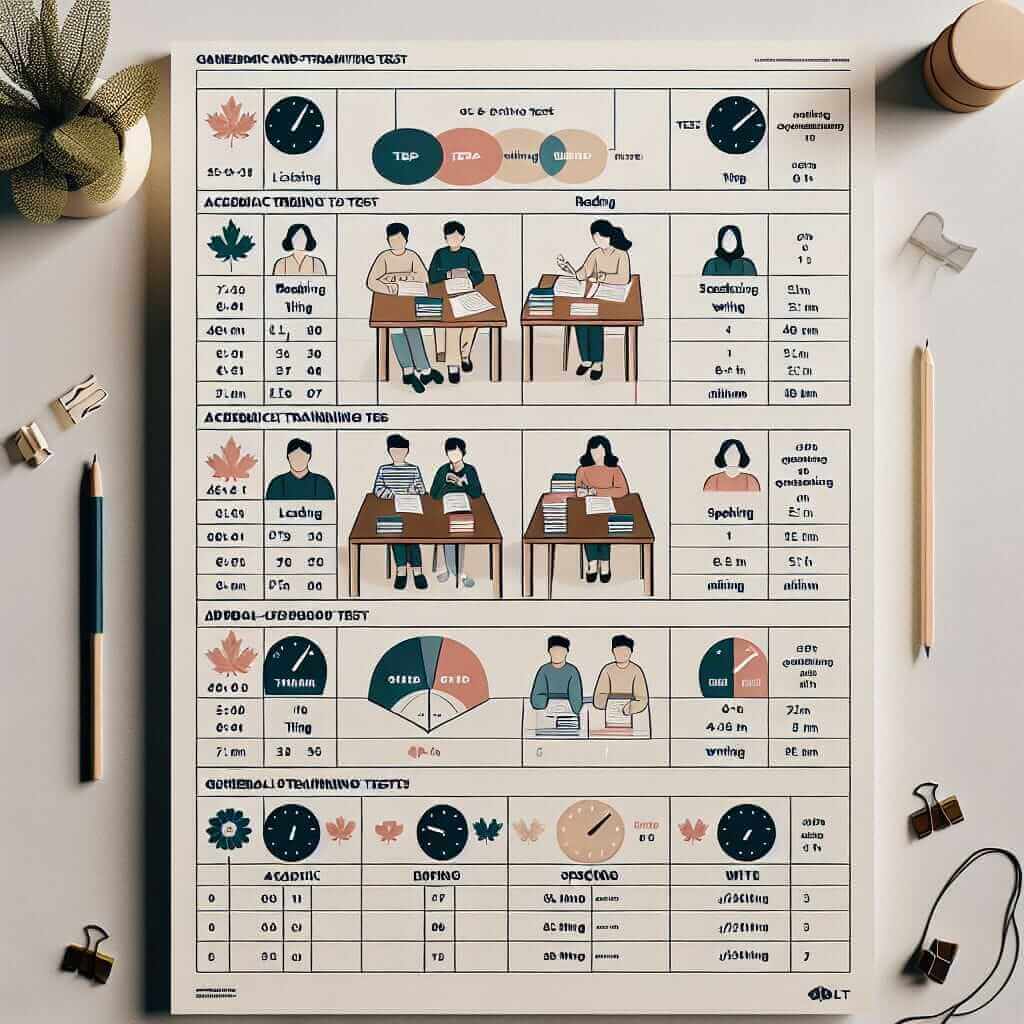Choosing the right IELTS test format is crucial, as it impacts your preparation strategy and, ultimately, your success. Many aspiring test-takers wonder, “What is the difference between Academic and General IELTS?” This article will delve into the nuances of each test type, providing a comprehensive guide to help you make the best decision for your needs.
Understanding the Purpose of Each Test
The IELTS, or International English Language Testing System, assesses your English language proficiency. However, the Academic and General Training versions cater to distinct purposes:
IELTS Academic
This test is designed for individuals planning to:
- Pursue higher education (undergraduate or postgraduate) in an English-speaking country.
- Register with a professional body in a country where English is required.
The IELTS Academic evaluates your ability to understand and engage with academic language, essential for success in universities or professional settings.
IELTS General Training
This test is suitable for those intending to:
- Emigrate to an English-speaking country (e.g., Australia, Canada, New Zealand, UK).
- Participate in work experience or training programs.
- Apply for secondary education.
The IELTS General Training focuses on everyday English language skills needed for social interaction, workplace communication, and general living.
Key Differences Between Academic and General IELTS
While both tests assess four language skills—Listening, Reading, Writing, and Speaking—the content and difficulty level vary between Academic and General Training.
1. Reading Section
- Academic: Passages are extracted from academic journals, books, magazines, and newspapers. The content is more complex and includes specialized vocabulary.
- General Training: Passages are derived from everyday materials like advertisements, notices, company handbooks, and official documents. The language is simpler and relates to common situations.
2. Writing Section
- Academic (Task 1): You’ll describe, summarize, or explain visual information presented in charts, graphs, tables, or diagrams.
- General Training (Task 1): You’ll write a letter in response to a given situation. This could be a formal letter of complaint, a request for information, or a personal letter to a friend.
- Task 2 (both tests): You’ll write an essay expressing your opinion on a given topic. However, the Academic essay may require more formal language and a higher level of critical analysis.
3. Listening and Speaking Sections
- Both the Listening and Speaking sections are similar in format for Academic and General Training. However, the topics in the Academic test may lean slightly toward academic contexts.

Example Test Questions
Reading (Academic):
- “What are the implications of climate change on global food security?” (Based on a passage from a scientific journal)
Reading (General Training):
- “What are the safety regulations for using the gym equipment?” (Based on instructions from a gym membership leaflet)
Writing (Academic – Task 1):
- “The graph below shows the unemployment rate in three different countries between 2000 and 2020. Summarize the information by selecting and reporting the main features and make comparisons where relevant.”
Writing (General Training – Task 1):
- “You recently attended a concert that you enjoyed very much. Write a letter to a friend recommending the band and suggesting a time when you could see them together.”
Tips for Success
- Choose the right test: Carefully consider your future goals and the requirements of the institutions you’re applying to.
- Familiarize yourself with the test format: Understand the structure, timings, and question types for each section.
- Practice regularly: Use official IELTS practice materials and simulate test conditions to build confidence.
- Focus on your weaknesses: Identify your areas for improvement and dedicate extra time to those skills.
Conclusion
Selecting the correct IELTS test format is the first step toward achieving your academic or professional aspirations. By understanding the differences between Academic and General Training IELTS, you can confidently choose the test that aligns with your goals and maximize your chances of success.